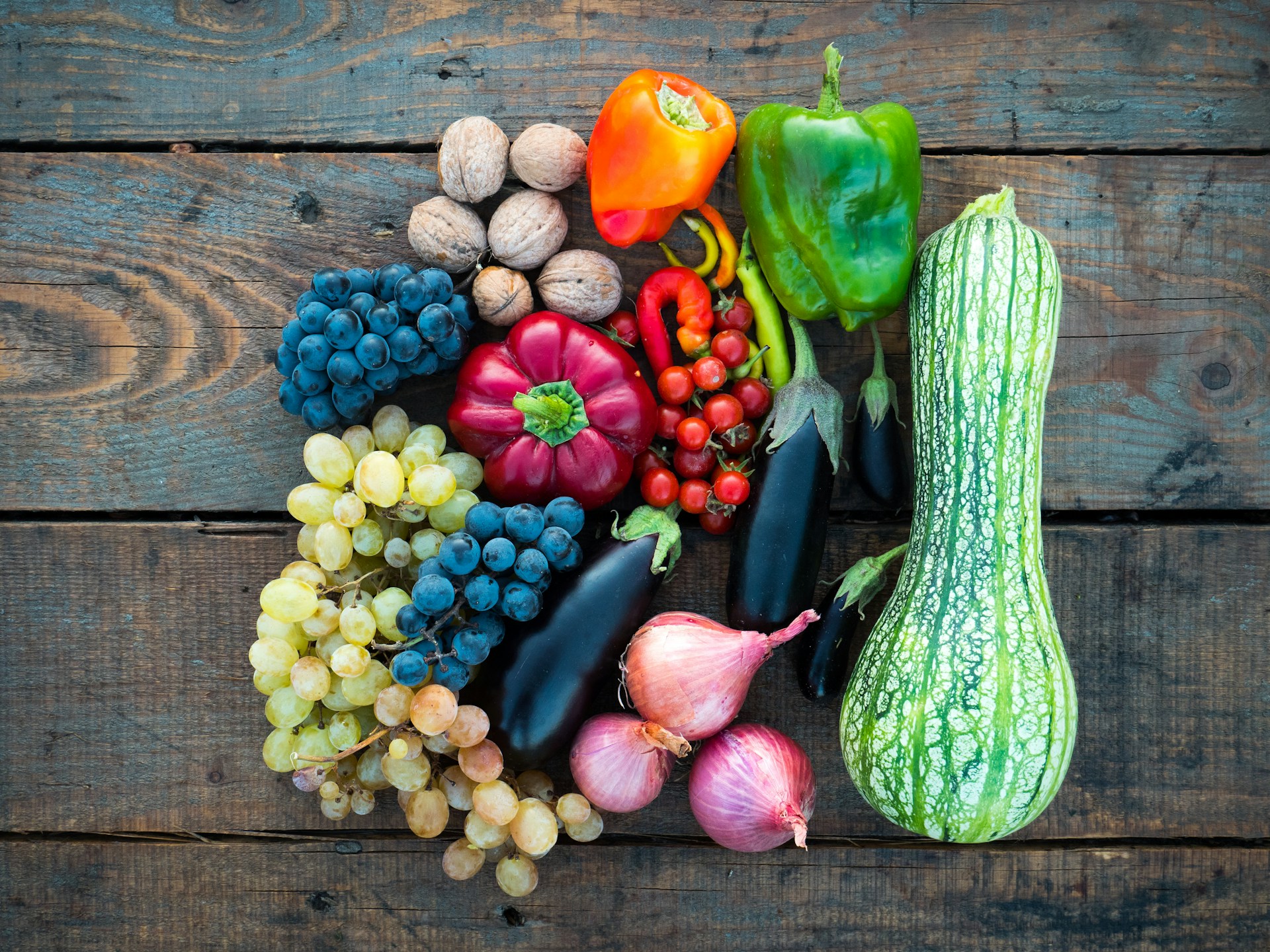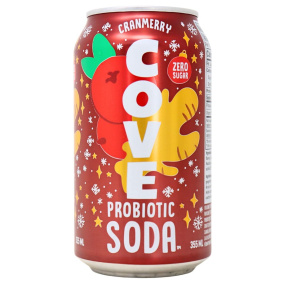
Starting a Gluten-Free Diet: Simple Tips for Beginners
Transitioning to a gluten-free lifestyle is easier with the right tools. Learn how to identify hidden gluten, find safe products, and maintain balanced nutrition. This beginner-friendly guide simplifies gluten-free living for health, allergy management, or personal preference.
Summary
Transitioning to a gluten-free diet requires careful attention to food labels, stocking up on naturally gluten-free foods, preventing cross-contamination, finding suitable substitutes, and planning meals ahead. Before starting, consult healthcare providers for proper testing and be aware of potential nutritional challenges.
Starting a gluten-free diet can feel overwhelming at first, with numerous foods to avoid and hidden ingredients to watch for. Whether you're making this change due to celiac disease, gluten sensitivity, or personal health choices, understanding the basics is very important for success. The good news is that following a gluten-free lifestyle can become second nature with proper planning and knowledge.
Many people struggle with finding variety and convenience when eliminating gluten, often worrying they'll be restricted to bland, limited options. This concern is understandable but unnecessary in today's market.
Throughout this article, you'll discover practical, beginner-friendly tips for navigating grocery stores, preparing meals, and dining out while maintaining a gluten-free diet. With these strategies, you'll be equipped to enjoy a diverse, satisfying diet without the stress of accidental gluten exposure.
How to Start a Gluten-Free Diet
To start a gluten-free diet, focus on whole, unprocessed foods that are naturally free of gluten. Begin by clearing your pantry of wheat, barley, and rye products, then restock with certified gluten-free alternatives, like almond flour for baking, quinoa as a substitute for traditional grains, and cassava tortillas instead of wheat-based wraps. Read all food labels carefully and learn to identify hidden sources of gluten in processed foods.
Read Food Labels Carefully
Learning to read food labels is your first defence against accidental gluten consumption. Manufacturers often change ingredients without notice, making label-reading an essential habit even for familiar products. Look beyond obvious terms like "wheat" and watch for hidden sources.
Common gluten-containing ingredients to watch for include:
- Malt (including malted barley flour and malted milk)
- Modified food starch (when the source is unspecified)
- Hydrolyzed vegetable protein (HVP)
- Soy sauce (traditional varieties contain wheat)
- Seitan (wheat gluten)
Remember that "wheat-free" doesn't automatically mean gluten-free. Many products may still contain barley or rye, which also contain gluten. When in doubt, look for certified gluten-free labels for peace of mind.
Stock Up on Naturally Gluten-Free Foods
The foundation of a successful gluten-free lifestyle starts with filling your kitchen with naturally gluten-free whole foods. Fresh fruits and vegetables, unprocessed meats, poultry, fish, and seafood are all safe options that require no special labelling.
Eggs, most dairy products, legumes, nuts, and seeds also make excellent additions to your shopping list. Plain rice, quinoa, amaranth, millet, and buckwheat (despite their name) are all gluten-free grains and seeds that provide the necessary carbohydrates and fibre to keep your diet balanced and satisfying.
Beware of Cross-Contamination
Understanding cross-contamination is key for those with celiac disease or severe gluten sensitivity. This occurs when gluten-free foods come into contact with gluten-containing items during preparation, cooking, or serving. Even tiny amounts of gluten from shared utensils or cooking surfaces can trigger symptoms in sensitive individuals.
Prevent cross-contamination in your kitchen by:
- Using separate toasters for gluten-free and regular bread
- Designating specific cutting boards and colanders for gluten-free foods
- Cleaning countertops thoroughly before preparing gluten-free meals
- Using clean utensils when dipping into condiment jars
- Storing gluten-free products on upper shelves to prevent crumbs from falling from above
These simple habits can make a significant difference in preventing accidental gluten exposure in your home environment.
Find Gluten-Free Substitutes
Transitioning to a gluten-free diet doesn't mean giving up favourite foods, thanks to the growing market of gluten-free substitutes. For baking, try almond flour, coconut flour, or pre-mixed gluten-free flour blends that often contain xanthan gum to mimic gluten's binding properties.
Rice and corn pasta varieties can replace wheat-based options, while bread made from alternative grains provides sandwich solutions.
Gluten-free oats make breakfast simple, and corn or rice cereals offer convenient options. Remember that substitutes may have different textures and flavours, so experiment with several brands to find your favourites.
Plan Your Meals Ahead
Effective meal planning prevents the frustration of finding yourself hungry with limited gluten-free options. Taking time each week to organize your meals reduces stress and helps maintain a balanced, varied diet without gluten-containing foods.
Start your gluten-free meal planning with these steps:
- Choose recipes specifically designed to be gluten-free rather than trying to adapt regular recipes
- Prepare a shopping list organized by store sections to make shopping more efficient
- Cook larger batches and freeze portions for quick meals when time is limited
- Keep a list of go-to gluten-free meals that are quick to prepare for busy nights
- Carry gluten-free snacks when travelling or away from home to avoid being caught without options
Learn About Hidden Gluten Sources
Vigilance about hidden gluten sources is essential, as gluten can lurk in unexpected places beyond obvious bread and pasta products.
Many medications and supplements use gluten as binders, requiring verification with pharmacists or manufacturers. Processed meats like sausages and deli meats often contain fillers with gluten.
Personal care products, including lipsticks and toothpastes might contain gluten and can cause reactions for extremely sensitive individuals. Gravies, marinades, salad dressings, and soy sauce typically contain wheat-based thickeners. Always verify ingredients with manufacturers when product labels are unclear about gluten content.
Considerations Before Starting a Gluten-Free Diet
Important gluten-free considerations include consulting with a healthcare provider before making dietary changes. Self-diagnosing can lead to missed medical conditions and nutritional imbalances. Testing for celiac disease requires gluten consumption, so get proper medical evaluation before eliminating gluten from your diet to ensure accurate results.
Medical Testing Considerations
The timing of testing is critical when investigating gluten-related disorders. Eliminating gluten before proper medical evaluation can interfere with accurate diagnosis of conditions like celiac disease.
Blood tests look for specific antibodies that only appear when gluten is regularly consumed. Without these markers present, false negative results may occur, potentially leaving serious conditions undiagnosed.
If you suspect gluten sensitivity, your doctor may recommend various tests to consider:
- Celiac disease blood panel (tTG-IgA, EMA, total IgA)
- Genetic testing for HLA-DQ2 and HLA-DQ8 markers
- Intestinal biopsy (the gold standard for celiac diagnosis)
- Gluten sensitivity panel (non-celiac testing options)
- Food allergy testing to rule out wheat allergy
Understanding your specific diagnosis helps determine the strictness required in your gluten-free approach. While celiac disease demands complete elimination, non-celiac gluten sensitivity might allow for different levels of dietary modification based on individual tolerance and symptoms.
Nutritional Challenges to Be Aware Of
Following a gluten-free diet presents unique nutritional challenges that require careful planning. Many gluten-free substitutes are lower in B vitamins, iron, fiber, and folate compared to their wheat-based counterparts.
Whole grain wheat products are significant sources of these nutrients in the standard Western diet, and their removal without proper replacement can lead to deficiencies over time. This nutritional gap is particularly concerning for those with celiac disease who may already have absorption issues.
The cost and availability of nutritionally complete gluten-free foods can add another layer of difficulty. Gluten-free specialty products are often more expensive and may contain higher amounts of fat, sugar, and calories to improve taste and texture. This can potentially lead to weight gain and associated health problems if these products make up a large portion of your diet.
Learning to incorporate naturally gluten-free whole foods becomes essential for maintaining optimal health.
Successful long-term adherence requires developing awareness of your body's needs beyond just eliminating gluten. Consider working with a registered dietitian who specializes in gluten-related disorders to develop a personalized nutrition plan.
They can help identify potential deficiencies, recommend appropriate supplements if needed, and ensure you're getting adequate protein, fibre, and micronutrients while maintaining a satisfying and sustainable diet.
How Natura Market Makes Gluten-Free Living Easier
At Natura Market, we understand the challenges of maintaining a gluten-free lifestyle and have created a thoughtfully curated selection of high-quality gluten-free products to simplify your shopping experience. Our team carefully vets each item to ensure it meets strict gluten-free standards while still delivering exceptional taste and nutritional value.
Our online platform makes finding gluten-free options convenient and straightforward, eliminating the frustration of scanning countless labels in traditional grocery stores. With dedicated gluten-free categories and clear product descriptions, we've designed our shopping experience to save you time and provide peace of mind.








